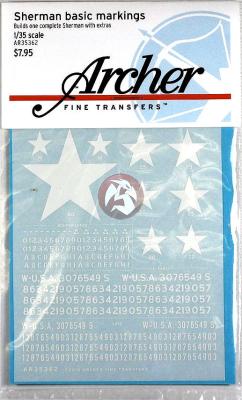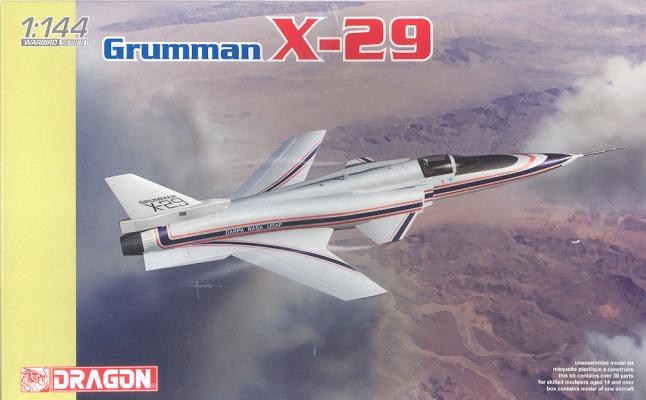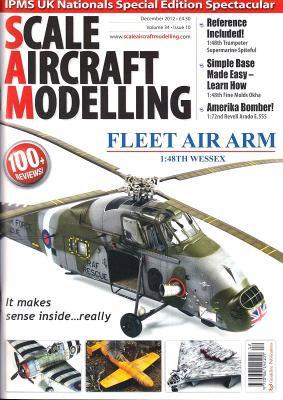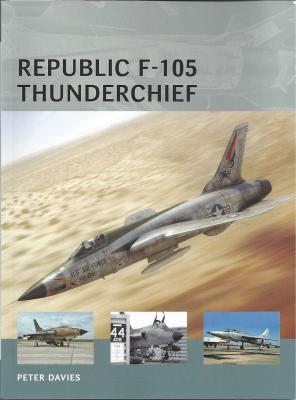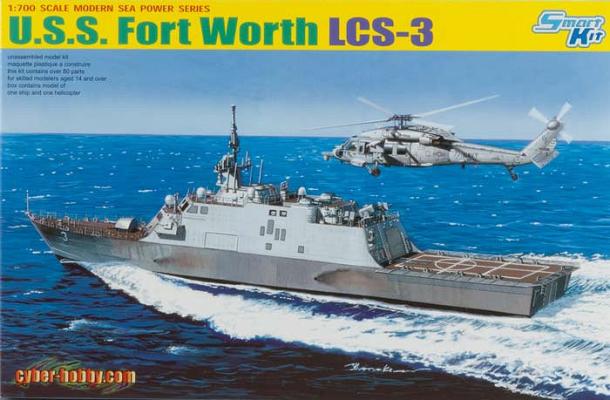Over the years, I have discovered there are four ways to apply the required markings to my military models: first, and most obviously, the water slide decals that come in almost every commercially available model kit; second, one can, of course, hand paint one’s own markings, provided you have the high degree of skill this requires; third, there are various forms of masks – photo etched versions or various forms of tape masks; and finally, there are dry rub transfers, the subject of this review.
Welcome to the IPMS/USA Reviews site!
Introduction: The primary organization of the IPMS/USA Review website is by IPMS/USA National Contest Class. Within each Class there are sub-menus by kits, decals, books, etc. The Miscellaneous Class is for items that are not class specific or that cross two or more classes.
IPMS/USA Members: We encourage you to submit reviews, both here and to the Journal. To volunteer for membership in the IPMS/USA "Reviewers Corps" and submit your own reviews, please read the Guidelines For Submitting Product Reviews.
Manufacturers, publishers, and other industry members: IPMS/USA is pleased to offer your company the opportunity for product reviews. All product reviews are performed by IPMS/USA members, and are posted in the publicly-accessible section of our website. With very few exceptions, we perform full build reviews of new kit releases, aftermarket products, and supplies. If you would care to provide product samples for review, please contact John Noack, IPMS/USA 1st VP.
To learn more about IPMS/USA, please see our About Us page.
The X-29 was built in 1984 as a test bed for the forward-swept wing concept. The result was an extremely maneuverable aircraft, but because the center of gravity was behind the aerodynamic center, the aircraft was inherently unstable. The solution was a fly-by-wire system which used a computer to make 40 corrections per second to keep the aircraft going where the pilot wanted it to go. Two test aircraft were built.
If the aircraft looks kind of familiar, the basic airframe was a Northrop F-5A and the main landing gear was from an F-16.
The Kit
Since it’s 1/144, it’s pretty simple. The parts are on 2 sprues, one for the clear parts, one for everything else. But simple doesn’t mean crude. The molding on this kit is very good, and the fit is really great. And it includes a cockpit and seat with choice of open or closed canopy, and a boarding ladder.
Scale Aircraft Modelling is an excellent monthly publication focusing on modeling scale aircraft. No surprise there. And if you are a long-time fan of SAM, then it is also no surprise that I state that SAM is one of the best modeling magazines focused on aircraft that money can buy. Averaging just under 100 pages, SAM is filled with build articles featuring some of the newer kits on the market, as well as projects based on old favorites.
Many modelers associate a jungle diorama with an armor subject, but in this issue in “Jungle Juice,” James Ashton builds the Fine Molds 1/48th scale Ohka and puts it “in the jungle”. View the image labeled Content Sample B to see one of the pages in this article. James shared the materials used in the construction of the jungle and focuses on that aspect of the project rather than construction of the Ohka itself.
Originally designed as a nuclear response aircraft, the F-105 Thunderchief was always one of my favorite jet propelled fighter/bomber aircraft from the Vietnam war. Its sleek and aggressive lines and large presence were quite intimidating and left no doubt as to its mission in life. The Thud compiled a distinguished service record, flying over 20,000 combat missions by the end of the war and proving to be a rugged and capable aircraft in the Republic tradition. However, despite its durability, losses were heavy, with over 330 F-105s lost in the skies of Southeast Asia.
Osprey’s latest title in their Air Vanguard series is Republic F-105 Thunderchief. Although I refer to the Vietnam war above, it is just one of six sections of this interesting and insightful read:
Introduction
The US Navy's third littoral combat ship (LCS), the USS Ft. Worth was just commissioned in late September, 2012 – a mere few weeks after Dragon released this kit. Designated LCS-3, the Ft. Worth is a single V-hull, and the second of the Freedom class LCS ship. LCS ships are sleek and fast, make a small radar target, and can maneuver close to the shore in only 20 feet of water. Dragon's LCS-3 Smart Kit is an excellent representation of the LCS class ship, in a small size and with excellent detail, that can be displayed just about anywhere.











